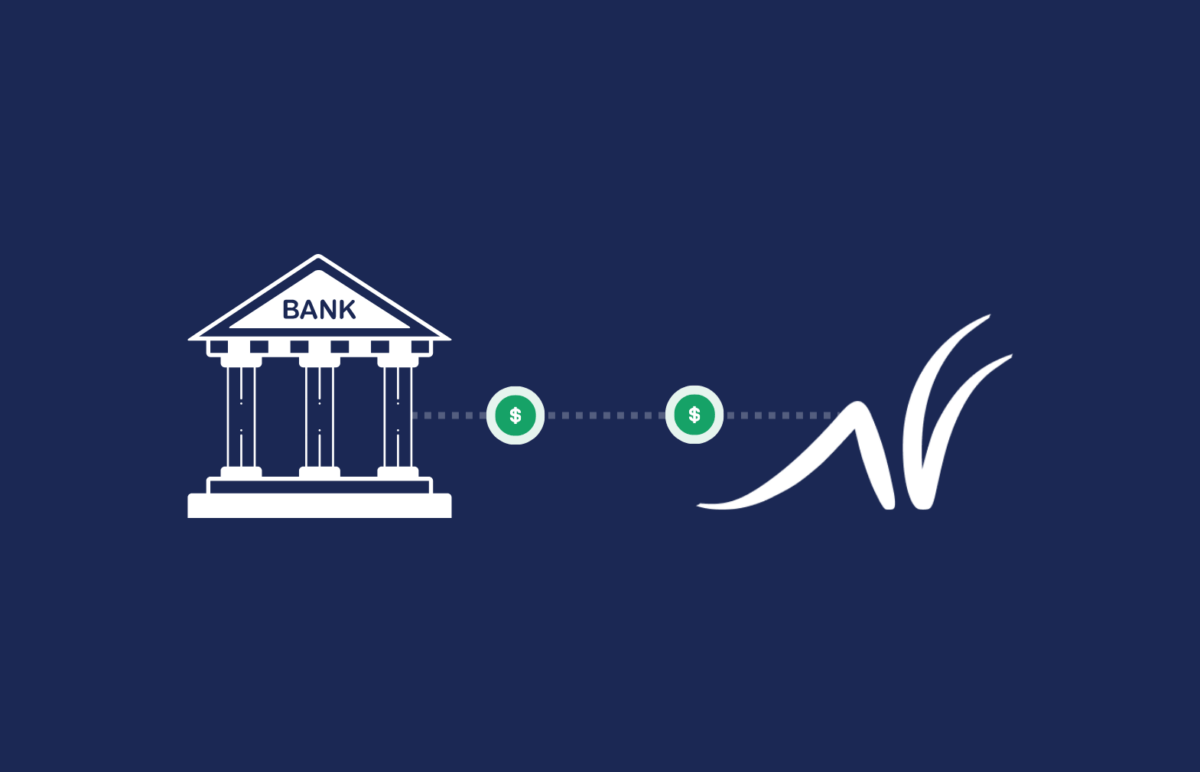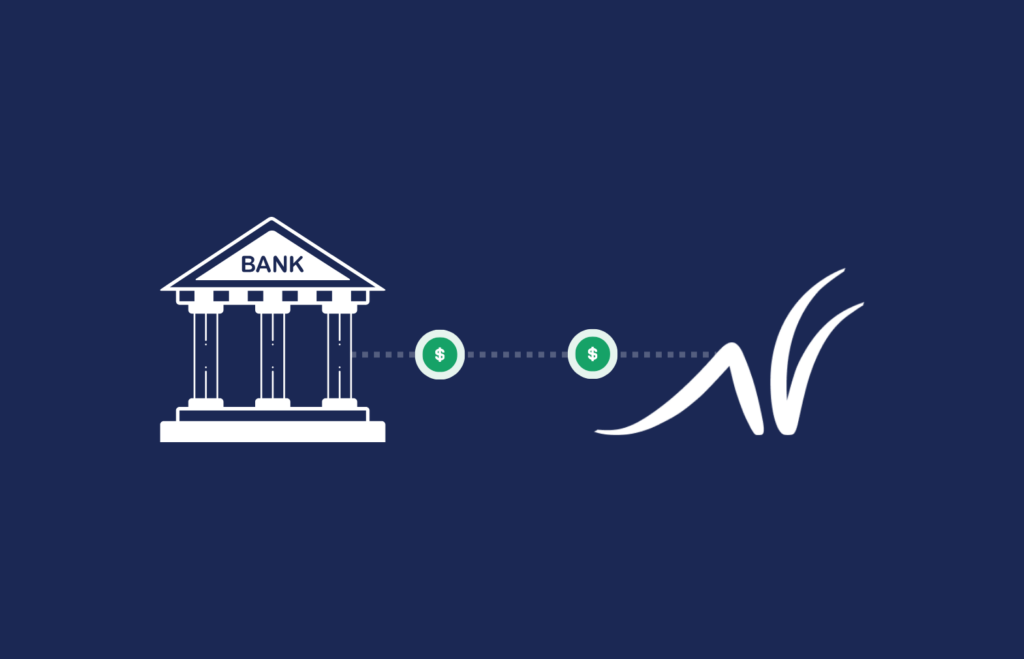At Grasshopper Bank, we always strive to protect our clients, their funds, and the bank as a whole when a payment or funds transfer is initiated from their accounts. That’s why we have limitations and wait times placed on specific transfers or deposits being made. Having these systems in place help us to better safeguard our clients’ funds and prevent unauthorized activity, creating a safer banking experience overall.
Though we need to have these protocols in order to better protect our clients’ accounts and the rest of Grasshopper, we also understand that having these kinds of limitations can be frustrating at times. Business can move quickly, and we want our clients to be able to keep up. To accommodate for this, we want to make sure that you’re aware of the full functionality of our accounts, and know the different ways you can get money into a Grasshopper Bank Account without having to worry about limiting yourself.
How do ACH Transfers Work?
The Automated Clearing House (ACH) is the primary system used for electronic funds transferring. With ACH, funds are electronically deposited in financial institutions, and payments are made online. This system is used for all kinds of fund transfer transactions, including direct deposit of paychecks and monthly debits for routine payments.
Within the ACH Transfer Network there are 2 types of transfers that can be made:
- ODFIs (Originating Depository Financial Institution): this is the bank originating the payment. For example, if you log into your Grasshopper Bank Account and push a payment to your external account, Grasshopper would be the ODFI.
- RDFIs (Receiving Depository Financial Institutions): this is the bank receiving the payment. For example, if you log into your external account and push a payment to your Grasshopper Bank Account, Grasshopper would be the RDFI
Many banks offer both variations of transfer, meaning they can both send and receive ACH payments.
Understanding ACH Limits
At Grasshopper you are able to send and receive ACH payments. What many people don’t realize however, is that your limitations change depending on what kind of transfer method you utilize when moving funds into your account.
That being said, there are limits placed on transfers initiated from our platform (ODFIs). These limits include lower limits on dollar amounts and a daily limit on the number of transfers that can be initiated. These limitations are mandated in order to better ensure your account is protected from illicit activity.
However, there is NO limit on the amount of funds that Grasshopper Bank can receive when transfers are initiated from your external bank (RDFIs). So, if you were to log in to an external bank account and push a payment into your account at Grasshopper, you would not have to limit how much money is being moved or how often you make these transfers.
Initiating ACH transfers into your Grasshopper account from an external bank also has the added benefit of NO hold times. This means that once the funds are posted to your account, you will have access to them immediately.
Bottom Line
ACH transfers are a great way to move money into an account at Grasshopper Bank, and we want to make sure you don’t have to unnecessarily limit yourself. For businesses that conduct a high volume of transfers into their accounts and need to access these funds immediately, we highly recommend initiating the transfers from an external bank account. Pushing money into your Grasshopper account from an external bank account rather than pulling these funds allows you to get your money more efficiently and instantly, creating a more convenient transaction experience.

